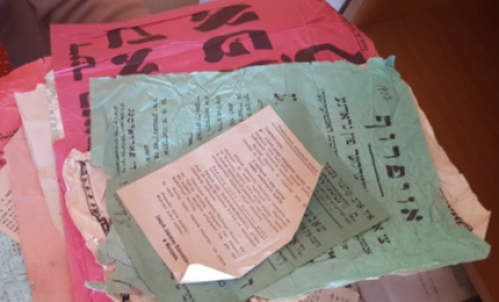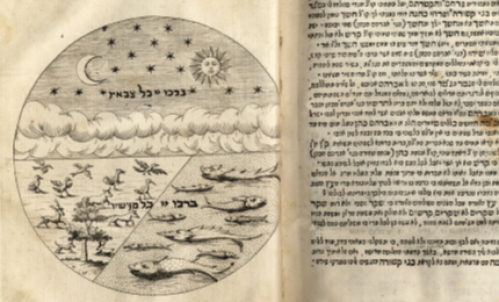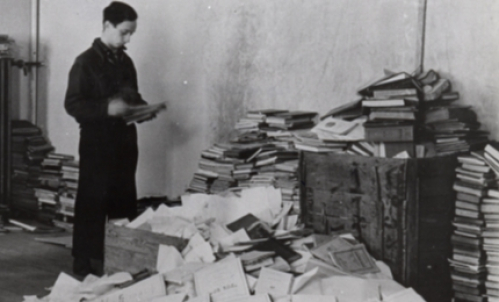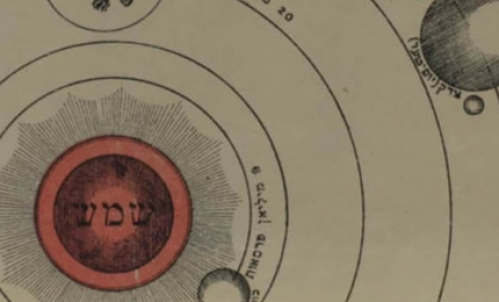A Place of Ongoing Discovery
by JESSICA TAUBER
The YIVO Archives is a keystone of our organization. It is a treasure trove of personal and institutional records; every page, every photo, and each art object is not only a remnant of a long-bygone past, but also a treasure of enduring value whose impact extends to our lives today.
A young member of YIVO’s multi-generational staff and a recent college graduate, YIVO archivist Jessica Podhorcer came across the story of Chaim Munits, a student of the YIVO Aspirantur (graduate program) in Vilnius (Poland) before World War II. When she became immersed in uncovering the details of his life from dozens of sources and numerous archival collections, Jessica felt an unexpected connection with Munits, a person close to her in age and spirit before he perished during the Holocaust. She was inspired by Munits’ multifaceted interests, his artistic skills, his passion for literature and his zest for learning.
Although the world Munits lived in was so different from Jessica’s, discovering his tragedy led to a profound sense of loss as she recognized that his dreams and aspirations were cut short by the atrocities of the Holocaust. Deeply impacted by this, Jessica reflected on who he may have become and was determined to find out more about him. She began to reconstruct the fragments of Munits’ story in order to protect his legacy. Through her work, you can “meet” Chaim here:
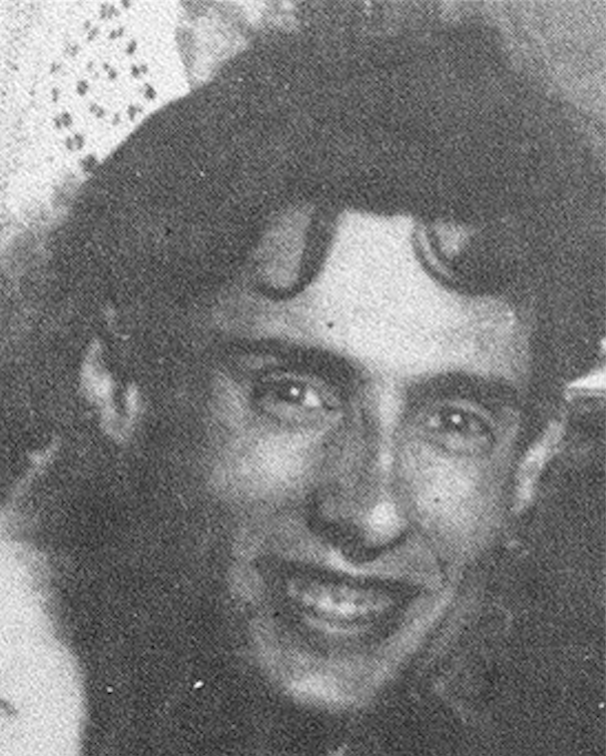
Chaim Munits (1911-1942) was a man of diverse interests and talents. Born in the town of Braslaw, Belarus, in 1911, he began his career as a teacher while also attending art school, where he learned cartography and photo-retouching. He entered YIVO’s autobiography contest, under the pseudonym Khagar Tsemakh, and won second place.
Munits was accepted into YIVO’s Aspirantur (graduate) program—a unique opportunity to study and conduct research, normally denied to Jews in Europe during this time. While in the program, he studied Eastern European Jewish clothing styles in the first half of the 19th century.
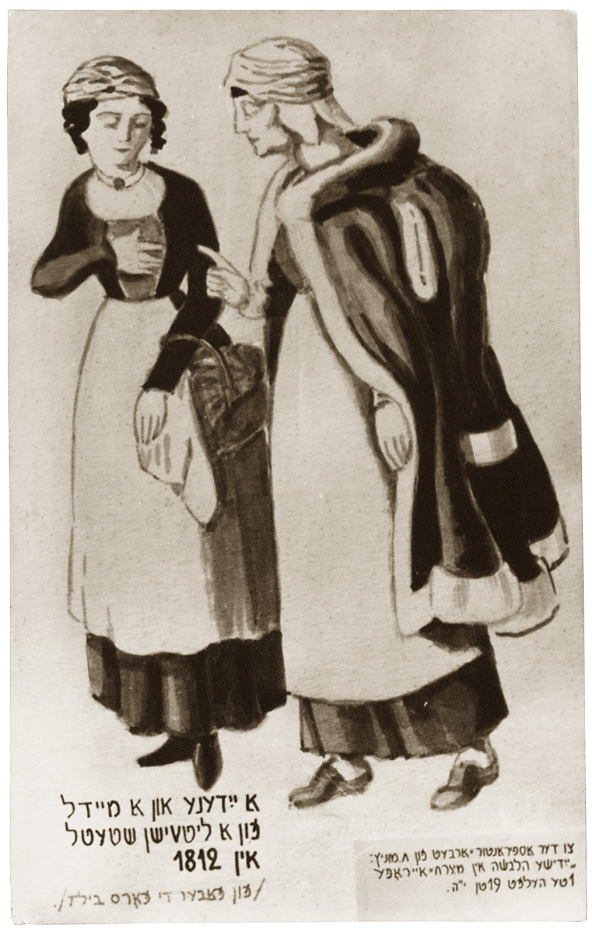
A graphic designer and illustrator, he not only drew the clothing trends he researched, but also designed portions of YIVO’s 1936 Mendele Moykher Sforim exhibition, and illustrated Yiddish children’s books, including YIVO founder Max Weinreich’s Geshikhte fun beyzn beyz (The Story of the Bad Beys). Munits was also a poet. Some of his poetry was published in local newspapers, and his poem “Pleytim” (Refugees) earned special recognition in a New York Yiddish journal.
When the Nazis occupied Vilna, Munits returned to his hometown of Braslaw. There he perished, along with his wife, son, and two of his three sisters during the massacre of Braslaw Jews in June 1942. He was thirty-one.
YIVO’s archives allow us to make these kinds of discoveries. They contain unique materials of high historical significance as well as millions of individual records documenting the lives of ordinary people. It is through safeguarding the stories of people like us that we can preserve the memory of our past and ensure a better future for ourselves and our children. As we learn about the achievements of our ancestors, we marvel at the strength of the Jews in ghettos and in the death camps who left us diaries, poems, letters, artworks and other extraordinary documents. Like the story of Chaim Munits, many of their stories live at YIVO. They are an integral part of our shared history, and a source of inspiration and hope.
Special thanks to Jessica Podhorcer, Project Archivist of the Edward Blank YIVO Vilna Online Collections, for her research.
Jessica Tauber is YIVO’s Communications Manager.
